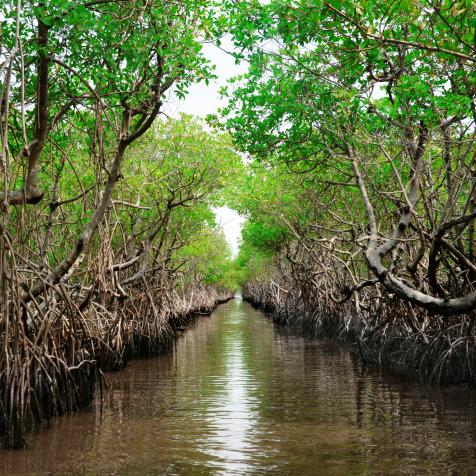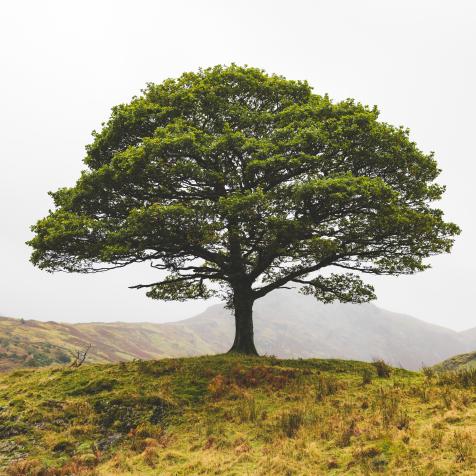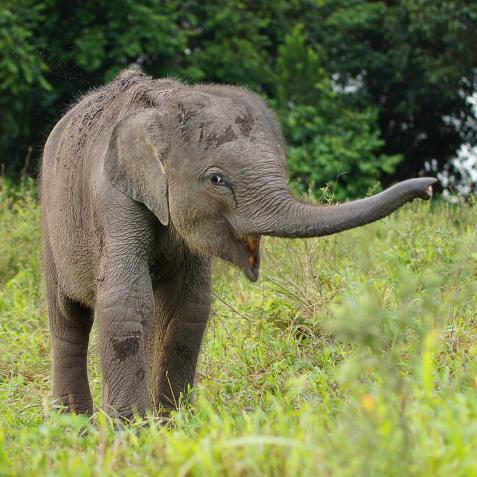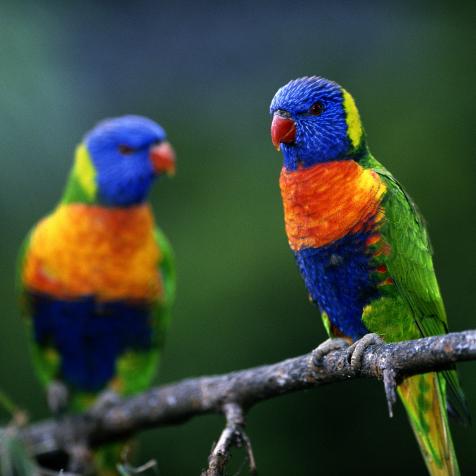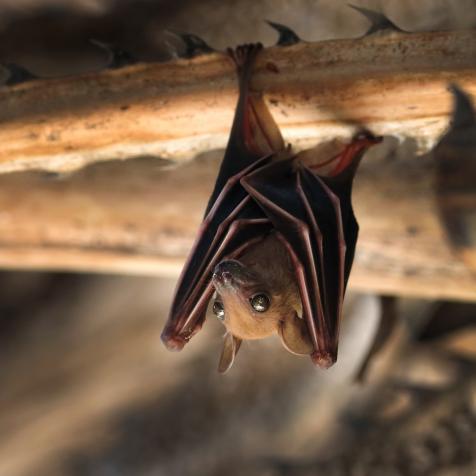.jpg.rend.hgtvcom.616.616.suffix/1635892481978.jpeg)
Arthur Morris
Digging Sea Otters Stimulate Sexual Reproduction in Seagrass
Hungry sea otters improve the genetic diversity of eelgrass when digging for clams among aquatic vegetation, found scientists.
Seagrass is incredibly important, for feeding marine mammals, cleaning surrounding water, and helping remove carbon dioxide from the atmosphere. Restoring seagrass meadows in the world’s oceans has been a priority for conservationists since the 1990s when once-flourishing meadows began experiencing a ‘shocking’ decline.
It was around this time that scientists observed pits pockmarked across the sandy bottoms of seagrass meadows where hungry sea otters had been digging for clams. This ‘moonscape’ left in the otters’ wake consisted of a series of craters of dislodged vegetation.

inusuke
Eelgrass Bed in Notojima island, Japan.
While at first glance it looked like sea otters were tearing up their own environment, scientists observed that the seagrass seemed to be much healthier in areas with high otter populations, leading them to wonder: Could this rough treatment of seagrass be doing the plants a favor? It turns out they were right.
Otters’ seemingly destructive habit is actually beneficial to seagrass reproduction. In areas ravaged by snacking sea otters, the seagrass is more genetically diverse and resilient than in areas without otter populations.
A team of researchers set out to determine the benefits of sea otter disturbance on marine vegetation. In a paper published in Science, scientists found that sea otters stimulate sexual reproduction among eelgrass as they dig for clams.
Eelgrass can reproduce in two ways– asexually, by cloning itself, or sexually, by producing flowers that get pollinated and produce seeds. Sea otter digging increased genetic diversity in the eelgrass by up to 30 percent by increasing opportunities for eelgrass seedlings to sprout and grow.
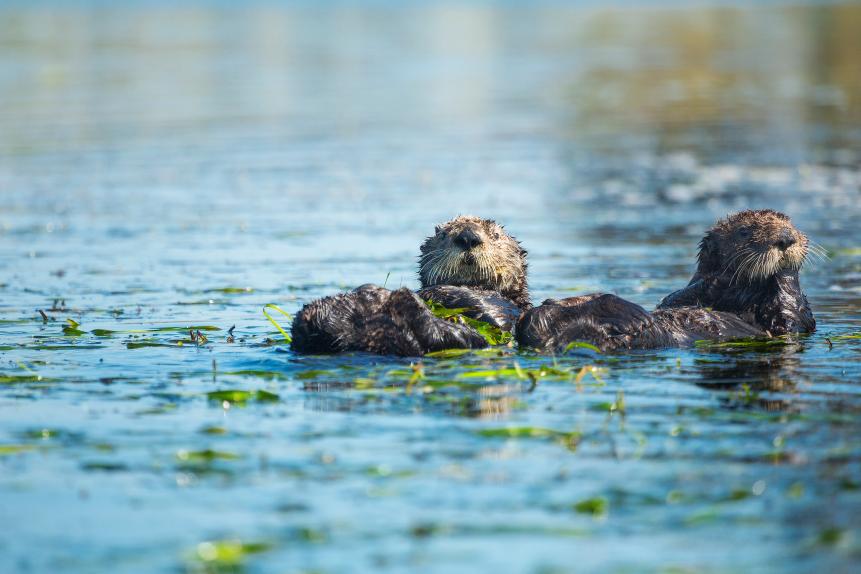
Chase Dekker Wild-Life Images
Two southern sea otters wrap themselves in eelgrass in Elkhorn Slough, California.
Scientists are not the first to “discover” the benefits of sea otters on eelgrass. Native Americans in the Gulf of California have long harvested seagrass rhizomes and seeds. They expected better harvests from disturbed meadows. The process of this traditional harvesting by Indigenous people may have even benefitted the seagrass meadows in its own right.
This diversity in eelgrass DNA directly translates to a greater ability to thrive in tough conditions and threatened environments. A skill that’s incredibly important in a climate constantly changing and being impacted by global warming.
These findings highlight the importance predators, like the sea otter, have on their ecosystems. Otters’ feeding behavior can have a positive domino effect throughout the environment. The study is a “major advance” says marine ecologist Boris Worm, showing that “large animals may help to actively maintain the quality and resilience of their habitat.”
Celebrate Sea Otters
Celebrating Georgia Aquarium's Adorable Sea Otters 16 Photos
Take a dive with us to meet the adorable sea otters of Georgia Aquarium for Sea Otter Awareness Week (9/19-9/24).



































































.jpg.rend.hgtvcom.336.252.suffix/1632421591119.jpeg)

